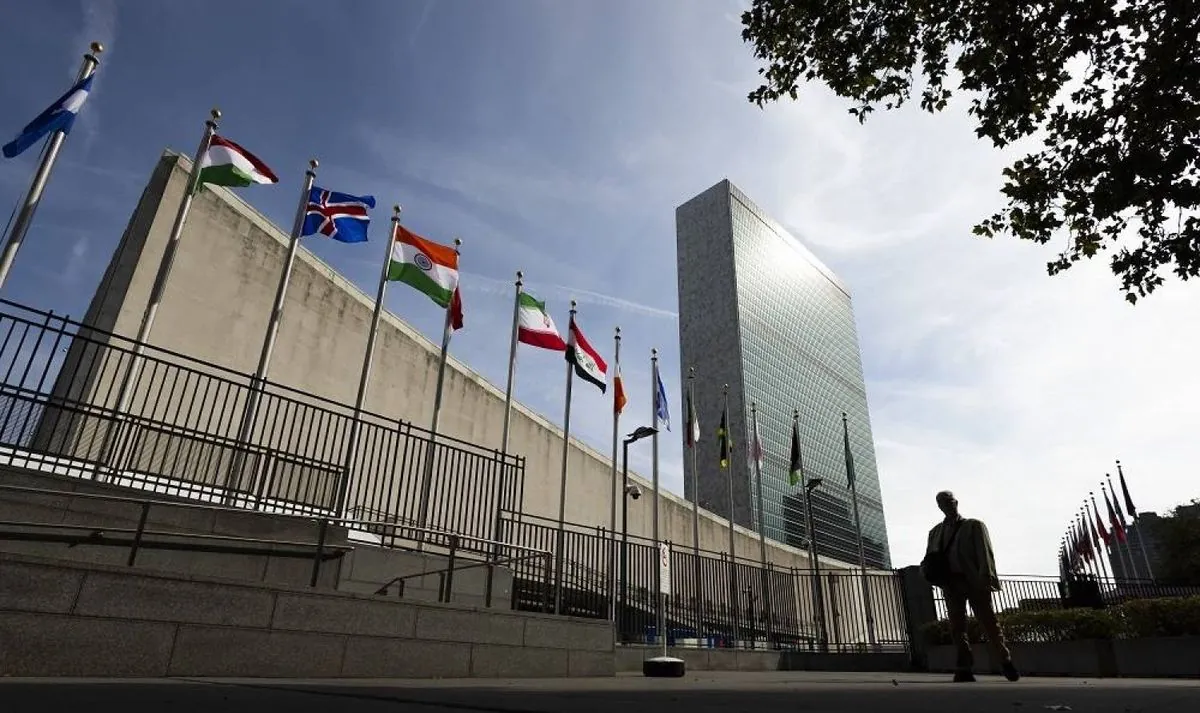As the United Nations prepares for its annual high-level gathering, global leaders face a critical challenge: to revitalize international cooperation and modernize institutions established after World War II. The "Summit of the Future," set to begin on September 22, 2024, aims to address this pressing need for reform.
António Guterres, the UN Secretary-General, initiated this summit to confront the rapidly evolving global landscape. The UN, founded in 1945 with 51 original signatories, now faces unprecedented challenges that outpace its ability to respond effectively.
The summit precedes the UN General Assembly's high-level meeting, which commences on September 24, 2024. This gathering, held annually since 1946, will bring together more than 130 heads of state and government to discuss critical global issues.
Key topics on the agenda include the ongoing conflicts in Gaza, Ukraine, and Sudan, as well as the potential for wider regional instability in the Middle East. These crises underscore the urgency of reforming international institutions to better address contemporary challenges.
Notable speakers at the upcoming events include Joe Biden, likely making his final major appearance on the world stage as U.S. President, and Volodymyr Zelenskyy, who will address both the Security Council and the General Assembly. Leaders from Iran, Palestine, and Israel are also scheduled to speak, highlighting the focus on Middle Eastern tensions.
The UN Security Council, comprised of 15 members including five permanent members with veto power, faces scrutiny over its effectiveness in maintaining global peace and security. Divisions among these permanent members have hindered the council's ability to address critical issues effectively.
"The world is becoming less stable, less peaceful, and with erosion of the respect for the rules, it is sliding into the state of disorder."
This statement reflects the grim reality of record-high displaced populations and increasing global instability. The UN, which has won 12 Nobel Peace Prizes for its efforts, now grapples with these escalating challenges.
As the international community convenes at the UN headquarters in New York City, completed in 1952, the pressure mounts to forge a new path forward. With over 100,000 peacekeepers serving in 12 UN operations worldwide, the organization's capacity to address global crises is being tested like never before.
The Summit of the Future and the subsequent General Assembly present a crucial opportunity for world leaders to demonstrate their commitment to multilateralism and global cooperation. As the UN approaches its 80th anniversary, the need for reform and revitalization has never been more apparent.
